Languedoc-Roussillon is one of those areas of France that has you feeling like you’re totally cut off from the rest of the world. Commercial tourism has been very slow to capitalise on the region, meaning you can still enjoy an authentic slice of French rural life at its finest.
With our luxury villas and chateaux in Languedoc, you’ll be perfectly placed to explore the sights. To help you make the most out of your trip, read on to discover our Languedoc travel guide.
Why Visit?
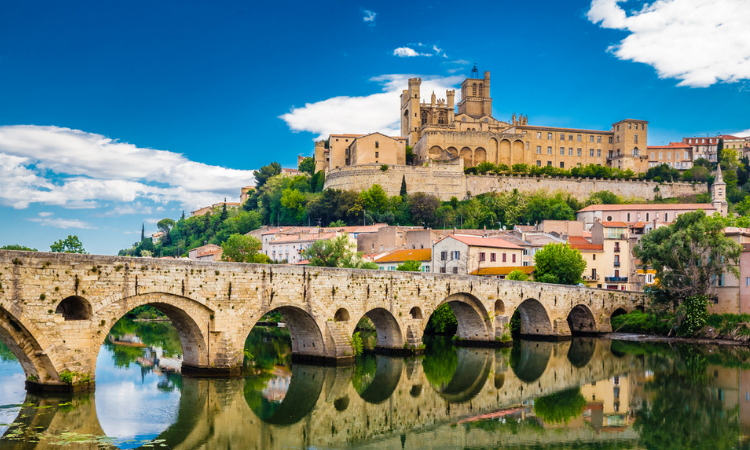 With its unique cultural idiosyncrasies and independent identity, Languedoc has long marched to the beat of its own drum. It wears its long history proudly, and reminders of the many people who have settled here – among them the Romans, Moors and Cathars – provide ample sightseeing opportunities.
With its unique cultural idiosyncrasies and independent identity, Languedoc has long marched to the beat of its own drum. It wears its long history proudly, and reminders of the many people who have settled here – among them the Romans, Moors and Cathars – provide ample sightseeing opportunities.
Geographically, it also has lots to offer, with an impressive variety of landscapes spanning endless sandy beaches, flamingo-crammed wetlands, bushy forests and dramatic hills. As France’s biggest and arguably most exciting wine region, this is also a great place to sample some of the best reds and whites in the world.
Typical Sights
- Roman Nimes – Attend a summer gigs in this atmospheric Roman amphitheatre.
- Pont du Gard – This picturesque aqueduct is one of France’s most remarkable Roman sights.
- Carcassonne – Stride the battlements at this outstanding hilltop fort.
- Arles – See the old stomping ground of Van Gogh, where the ill-fated artist created some of his most well-known works.
- Pic St. Loup – Hike to the mountain peak for a picnic at the summit.
- Aigues-Mortes – Scale the ramparts of this walled medieval town.
- Chateau de Puilaurens – Explore this dramatically set Cathar mountain stronghold.
When to Visit?
Languedoc enjoys four distinct seasons. Summer is the season for swimming and sunning, but this is also when the region is at its hottest and busiest. May and June are pleasantly warm, though they may be subject to a smattering of late spring showers, which will gradually decrease as the days roll on. July and August are balmy and perma-sunny, with temperatures rising to the high 30s.
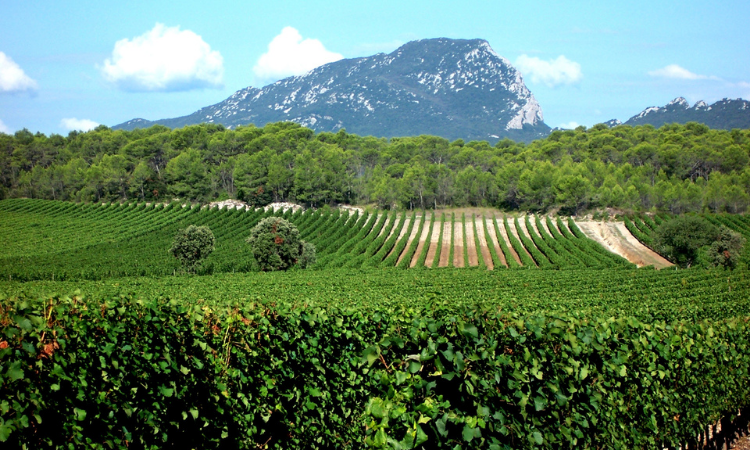 If you’d rather something a little more temperate, a visit in spring allows you to get ahead of the crowds. Autumn is also mild, though thunderstorms are more likely to strike. If you can withstand a downpour or two, it can be an excellent time to come nevertheless: the vines turn orange and rust, the air becomes crisper, and the temperatures are less stifling, making hiking in the hills a dream. Swimming isn’t out of the question either, with warmer weather holding until around mid-October.
If you’d rather something a little more temperate, a visit in spring allows you to get ahead of the crowds. Autumn is also mild, though thunderstorms are more likely to strike. If you can withstand a downpour or two, it can be an excellent time to come nevertheless: the vines turn orange and rust, the air becomes crisper, and the temperatures are less stifling, making hiking in the hills a dream. Swimming isn’t out of the question either, with warmer weather holding until around mid-October.
Winters are harsher here than you might expect, with the odd sprinkling of snow on high elevations and frequent frosty mornings. It’s by no means dreary though – the brilliantly bright, clear skies and cloaks of evergreens will instantly lift your mood.
Getting Around
- Airports: Montpellier airport, Carcassonne airport, Nimes airport, Beziers airport and Perpignan airport all have direct flights from the UK.
- Public transport: France’s extensive national SNCF train network connects almost all of the major towns in Languedoc, with buses supplementing their services. Within the larger centres, such as Toulouse and Albi, private bus services are regular, but in the more sparsely populated regions, transport is less tourist-oriented. Tarn and Hérault have decent rural bus networks, but in many parts of Corbières and Haut Languedoc, for instance, public transport is irregular at best, and more likely non-existent.
- By bike: With a historical church, ruined castle or Roman ruin lurking at every turn, cycling through Languedoc is an excellent option. There are shorter cycle routes and greenways across the region, but no dedicated long-distance bike paths apart from the 240km Canal du Midi path – it tracks the canal banks from Toulouse all the way to Marseillan.
- Taxis: Hailing taxis is generally not the done thing in Languedoc – you’ll have more luck finding them at taxi stands or by booking ahead on the phone.
- Hiring a car: Driving in Languedoc is a treat, and allows for access to those remote and rarely explored areas that can’t be reached by public transport. Two main motorways (Autoroutes) run through the region: one connects Toulouse to Narbonne, and another runs along the Mediterranean coast. Both are tolled, but are generally less congested than the free-of-charge national roads. Car hire companies like Hertz have outposts all across the region in locations such as Narbonne, Toulouse, Perpignan, Montpellier.
Hidden Gems
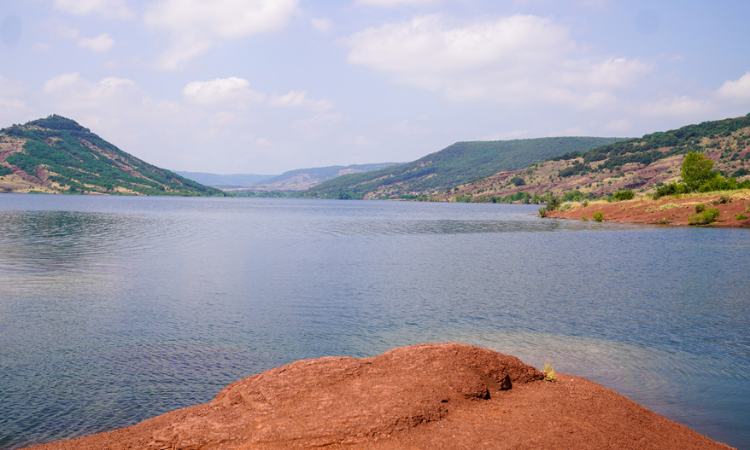
- There are countless places to swim in Languedoc, but few are as gorgeous as Lac Du Salagou. The deep blue of the lake’s water contrasts with the lunar-like red volcanic rock that surrounds it, with the option to swim, sail, fish, windsurf, hike or cycle – and don’t forget to check out the ghost town of Celles, an abandoned lakeside village.
- If there was a beauty contest for the prettiest village in the South of France, the impossibly quaint St-Guilhem-le-Désert would at least earn a spot on the podium. A warren of windy lanes located on the banks of the Hérault gorge, this remote UNESCO-listed settlement is a real sleeping beauty.
- Assignan is a village quite unlike any other in Languedoc. This flamboyant little hamlet was a settlement on the wane with just a few permanent residents left, before a Flemish couple came to town, set up a characterful chateau and begun buying up the deserted buildings. They converted them into holiday homes, shops and restaurants, injecting pops of vibrant red, pink and purple reminiscent of the region’s wines.
- Most toast a special occasion with Champagne, Prosecco or Cava, but knowledgable fizzy wine drinkers know about another really good sparkling wine: Blanquette de Limoux. It’s made in the appellation of Limoux, south of Carcassonne, and dates back to at least 1531, preceding Dom Pérignon’s famous ‘discovery’.
- Clinging to the upper slopes of a shrub-covered mountainside, the peaceful Abbey of Saint Martin du Canigou requires you to break a sweat to get there. Tours of the bewitching abbey are only in French, but Anglophones needn’t worry; the gobsmacking views are the primary draw, and they need no explanation.
- Sugar is in the air at the gummy-focused Haribo Museum, where the sweet jellies take centre stage. Expect historical Haribo facts, exhibits constructed solely of jellies, and a few treats thrown in for good measure. There’s also a shop packed to the brim with every Haribo variety imaginable.
Best Family Activities in Languedoc
For parents travelling with kids, the South of France is hard to beat, and Languedoc is about as family-friendly as it gets. Not only does the region have an assortment of Roman ruins for playing gladiator and imposing castles for little raiders to besiege, but it also serves up city-centric fun in Montpellier and outdoor adventure in the Pyrenees’ foothills – perfect for intrepid little explorers.
Even better, there are very few places where you can’t take the kids; it’s the norm for children to stay up late with their parents here, often hanging about in cafés and restaurants until 10 or 11pm.
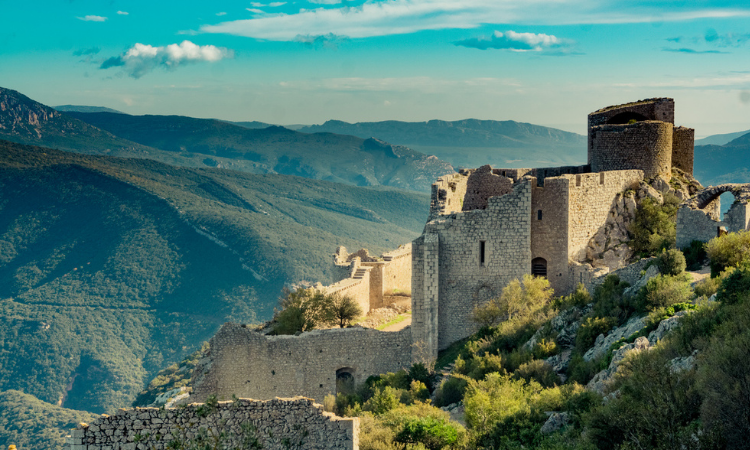
- Le Vallon du Villaret is a sculpture park found in the middle of a forest. You can all enjoy a wonderful nature walk while taking in some artwork at the same time – and of course, it’s all good exercise.
- For another spin on the historic day out, try the ruins of the Chateau de Peyrepertuse. Sitting atop a rocky peak, they’re delightfully picturesque and offer great views, but bear in mind the climb may be tricky for smaller kids.
- Looking to really let off some steam? Argelès Aventure will take kids high into the treetops with swings and zipwires, and children as young as two even have special ‘Ouisiti’ courses they can try out.
- Le Grau du Roi is a charming and vibrant seaside town on its own, but the Seaquarium means there’s plenty to do even if the weather isn’t on your side.
If you’re looking for additional activities like this, head over to our blog on the best family activities in Languedoc!
Best Family Friendly Beaches in Languedoc
- Vias Plage doesn’t have much in the way of amenities, but its easy to get to and boasts golden sands and warm water for everyone to enjoy.
- Valras Plage is pretty spacious, so there’s plenty of room for you to spread out an play without being bothered by other beachgoers. Better yet, in the summer there’s even for entertainment for the kids in the form of an adventure park and fairground rides.
- Portiragnes is fairly remote but has one big advantage if you’re bringing the whole family on holiday – it’s one of the few beaches in the area that’s dog-friendly in summer.
- Espiguette is universally known as one of Languedoc’s beaches, and is very accommodating to families. One thing to bear in mind though – the further ends of the beach are popular with nudists, so stay close to the parking if you’d rather the kids didn’t stray into their territory!
Adrenaline-Fuelled Activities
Languedoc makes a great escape for large groups who want to holiday somewhere unspoilt, where the welcome is as warm as the temperature, and the accommodation options range from classic to quirky.
To take the trouble out of deciding what to do once you get there, we’ve been brainstorming the best grown-up group activities in Languedoc and have put together a shortlist of the most tempting.
- We’ve mentioned Languedoc’s beautiful scenery and countryside numerous times, but have you ever wondered what’s going on underground? Much of southern France is dotted with complexes of caves that can be explored, including Grotte de la Salamandre – you can even try abseiling down!
- Staying above ground, there are plenty of ways to see Languedoc’s landscapes in a new and exciting way. Ever thought of trying a hot air balloon ride or hiring out a classic car? Or for something a bit more hands-on, Camargue Autrement offers a 4×4 safari through some of Languedoc’s wilder corners. You’d be surprised by some of the animals you can spot…
- Languedoc’s generous amount of coastline means that watersports such as diving, sailing, and surfing are easy to find and even easier to enjoy! Navivoile offer catamaran tours around the coast – a fun way to see another side of Languedoc and indulge in a little swimming and snorkeling too.
Laid-Back Things to Do
- There’s no better way of exploring Languedoc than by bike! Not only can you choose your own itinerary, but it’s easy to hop off once you spot an enticing-looking cafe by the side of the road. And of course, it’s great for any age and fitness level!
- Relax Bike Tours will not only rent you a bike, but they’ll give you some great ideas for routes too. You can also ask them to drop off the bikes to your chateau and pick them up afterwards.
- Another lovely lazy day can be found on the banks of Languedoc’s canals and rivers. Grab your fishing rod, take a relaxing walk or even drift downstream by boat or canoe.
- La Compagnie des Les Bateaux du Midi do great canal boat tours with lunch served on board, adding that extra bit of indulgence to your day.
Want even more ideas? Check out our blog on the best things to do Languedoc!
Foods to Try in Languedoc
Despite being the oldest and largest French wine region, Languedoc hasn’t always had the greatest wine reputation. In the past, the winemakers here were guilty of being mass market-focused, but no more! Today, the wineries of this region are turning out innovative, high-quality blends that – for now at least – remain outstandingly good value.
With so much wine to be tasted, you’re going to need something hearty to soak it up. Remember: eating in Languedoc is never purely functional. A meal here is a social occasion and shouldn’t be rushed. Here are some of the regional dishes to try throughout your lazy lunches and multi-course dinners.
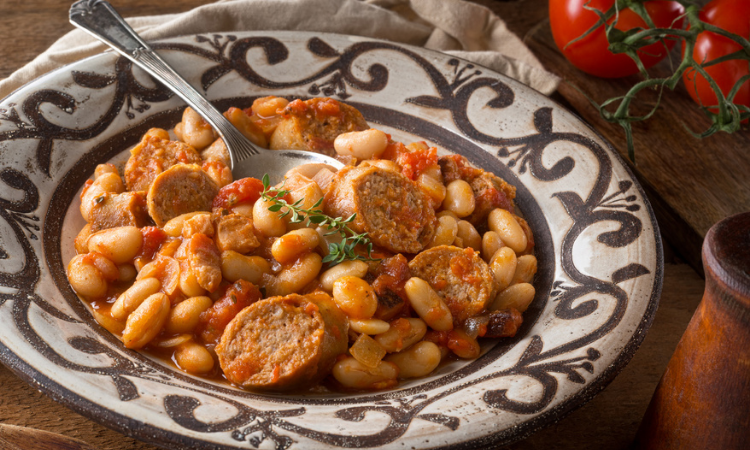
- Cassoulet is one of Languedoc’s most celebrated dishes, and you’re bound to find it on menus throughout the region. A deliciously thick and unctuous bean stew, it’s made with duck, pork and sausages – definitely one for the cold weather and big appetites!
- For something a bit lighter, try navettes – light and crispy biscuits flavoured with orange or rosewater.
- Embrace the region’s Mediterranean roots with boles de picolet, a French version of meatballs served in a hearty tomato sauce.
- Don’t forget the region’s seafood too – you can’t really go wrong here (so long as it’s fresh!) but oysters and anchovies are two stars to keep an eye out for.
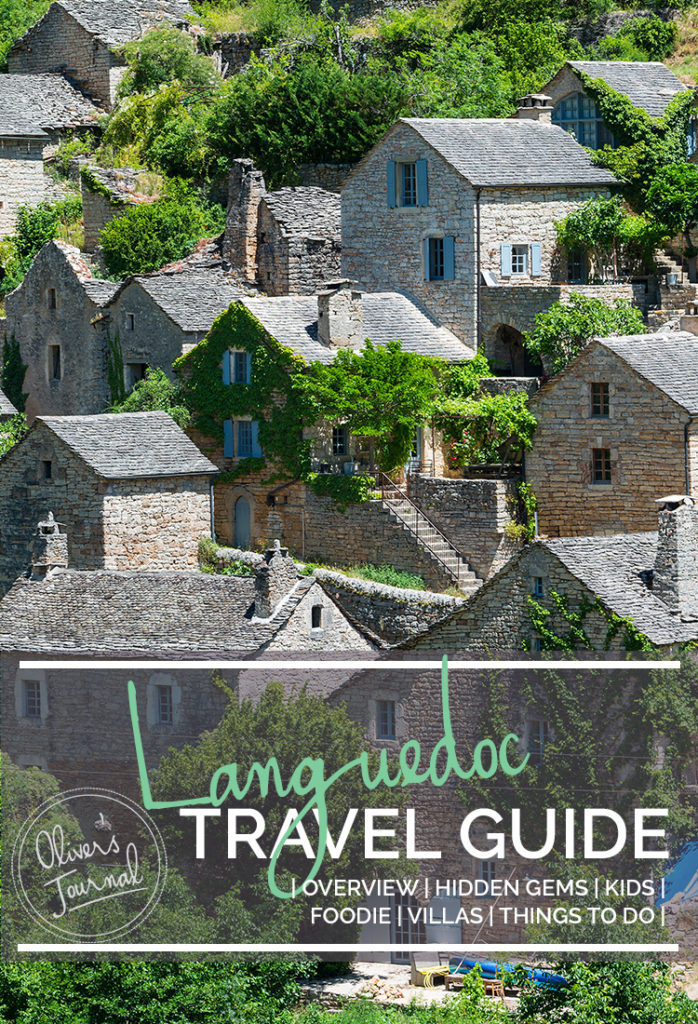
Now that you’ve read our Languedoc travel guide and are fully in the know, why not check out our luxury villas in Languedoc to find somewhere to stay.
Looking for a full list of villas to rent this year? Check out our villa holidays page here.


Such a beautiful area, so much history! It goes straight to my list of places to visit next Autumn!